In Canada, police-reported cases of domestic abuse have been slowly but steadily rising. And with an uptick in reported cases since 2020, now more than ever it’s urgent for us to take action on a personal, community, and systemic level.
Domestic abuse is an incredibly difficult topic to navigate. It’s hard to hear about what countless women have been through, especially when it’s at the hands of a partner or another person they’re meant to be able to trust. However, education, information, and ready access to resources are essential.
While we can’t transform the world overnight, every meaningful change has to start somewhere. In this article, we’ll explain some of the key facts to know about domestic abuse, including signs that it may be occurring, common scenarios that survivors find themselves in, and how you can support and help those in need.
What is Domestic Abuse?
Domestic abuse (also called intimate partner violence or domestic violence), is a form of abuse that is perpetrated by one intimate partner against another. Although your mind may jump to physical violence, that’s actually not the only form of domestic abuse that qualifies. Other types can include:
- Emotional – Attacks on the character, psyche, and spirit. Words and manipulative tactics are used to put down a person and damage their self-esteem and self-worth.
- Sexual – Ranging from inappropriate touching to outright sexual violence, this is another sadly common form of domestic abuse. Consent and the lack thereof is the central issue with sexual violence. It is completely possible to be sexually abused by a partner, even if you have an active and healthy sex life at other times.
- Threats – Ongoing threats of abuse (sexual, physical, and emotional) intended to break down a person’s sense of safety and security, leaving them more vulnerable to manipulation.
Domestic violence can happen to anyone. It can occur in heterosexual and same-sex relationships, in non-monogamous relationships, and in any other type of intimate partnership you can imagine. However, the group most affected by domestic violence is women by far.
Common Signs and Signals of Domestic Violence
An important thing to keep in mind when thinking about the signs of domestic violence is that it can often be invisible, especially if you’re not intimately familiar with the person when they’re in a safe, healthy relationship. With that said, there are sometimes physical and emotional signs that can potentially be indicative of domestic violence. These include:
- Unexplained or poorly explained bruises, bumps, cuts, or scratches
- Unexplained or poorly explained major injuries like broken bones or concussions
- Apparent loss of interest in activities a person used to enjoy
- Low energy, fatigue
- Anxiety
- Depression
- Being easily startled
- Major changes in sleeping or eating habits
- Overuse of drugs or alcohol
- Meekness, excessive apologizing
- Suicidal attempts or ideation
Remember that noticing these signs doesn’t guarantee someone is being abused, just like not noticing them does not guarantee they’re not being abused. For women who are in these relationships, it’s quite common for them to be the only witnesses to their partner’s abusive behaviour. You might be in a domestic violence situation if your partner:
- Insults, degrades, or verbally attacks you
- Controls your time and activities (e.g., preventing you from seeing friends, going to school or work, etc.)
- Controls the way you spend money
- Controls other important aspects of your life and identity (e.g., what medications you take, what food you eat, what you wear, etc.)
- Regularly accuses you of cheating; jealousy and possessiveness
- Becomes angry when using drugs or alcohol
- Threatens you with physical harm
- Threatens you with weapons
- Physically attacks or hurts you, your children, or your pets
- Forces, pressures, or coerces you into sexual activity
- Blames you for their own violence, anger, and abusive behaviour
Abuse can also take specific forms in relationships between gender non-conforming people or LGBTQIA+ people. This can include threatening to ‘out’ you to friends or family who won’t be supportive, attacking your sexual or gender identity, or controlling your access to medications such as hormone therapy.
What You Can Do If You Think or Know Someone is Being Domestically Abused
It’s usually quite difficult to talk to someone that you believe is being domestically abused. You might make them feel uncomfortable, ashamed, or like they’re in trouble. There’s also the possibility that you misinterpreted a sign and there is no abuse at all.
However, with the stakes so high for women in dangerous partner situations, it’s vital that we do whatever we can to support and uplift women who are enduring abuse from a partner. Here are a few ways to approach this delicate topic with tact and empathy.
- Choose Your Moments – The time you choose to bring up the topic of potential abuse can make a big difference in how the conversation goes. It’s best to try and discuss it during a calm period in the person’s relationship. If things are already tense (or outright abusive) at home, a helping hand can feel like more stress, tension, and judgment. Make sure to make time for your loved one as well—don’t offer to be there only to leave for a prior engagement when they’re ready to talk.
- Ease Into the Conversation – It can sometimes be hard to get into the topic of abuse in a way that feels sensitive to what the person might be going through. It’s a good idea to lead with statements about how you’re feeling, as they come off as less judgemental. Think ‘I’m worried about you because…’ The more specific and honest about your own feelings you can be, the better.
- Always Listen First – When the conversation has been initiated, truly listen to the other person. You likely have lots of opinions on their situation and relationship, but remember that it’s ultimately all about them. Ask lots of questions and really listen to the answers.
- Validate and Believe – Too often, women in domestic violence situations are diminished or dismissed by people who think it’s ‘not that bad’ or simply untrue. This kind of reaction can be a huge backstep for a person who is getting ready to open up. The vast majority of reported cases of domestic violence are 100% factual, so make it a priority to validate and believe your loved one.
- Offer Specific Supports – You may not have the tools yourself to help a friend or family member leave an abusive relationship. However, you can still do your part by gathering and offering specific support and resources that might help them.
What You Can Do If You’re Being Domestically Abused
If these signs and patterns seem all too familiar, you are likely being abused in some shape or form by your partner. Remember to have patience and compassion for yourself. Prolonged abuse over a long period of time can have profound effects on our mental health and general state of mind, and what is obvious to others may not be immediately clear to you. Remember that it is not your fault that you have been abused by your partner—their actions are their own, and you’re not responsible for their violent behaviour.
If you’re being subjected to domestic violence, there are a few ways you can prepare and protect yourself to endure and eventually leave the situation. If you or a child is in immediate danger or needs urgent medical aid, do not hesitate to call 911. Here are a few other measures you can take:
- Confide in a Trusted Person – If you can, open up to someone in your life about what’s going on. They can help offer support, objectivity, and possibly tangible help (e.g., rides, a place to stay, etc.) to assist you in escaping the situation.
- Crisis Lines – Canada offers a wide range of crisis and helplines across the country for women and children in all manner of dangerous abusive situations. The Government of Canada’s website is a good place to find resources in your area.
- Talk to Your Doctor – Doctors and other healthcare providers are bound by patient confidentiality and may be able to support you and guide you to resources to help improve your situation.
- Women’s Shelters – If you need to escape a dangerous situation immediately, women’s shelters are a great place to get safe, temporary refuge along with other important resources. Sheltersafe.ca is a good place to find shelters near you.
- Mental Health Support – Whether you see a private practitioner or go to a mental health centre, mental healthcare professionals can be invaluable in supporting women as they navigate an abusive relationship. They also tend to offer plenty of resources for those who need them.
Overall, there is no single way to protect women from domestic violence and abuse in all forms. However, the more we’re able to openly discuss this abhorrent issue and its implications for women everywhere, the more we’ll be able to do on a case-by-case basis.
If you’re looking for support for your mental health, whether you’re in a violent relationship or know someone who is, our staff at Hopewoods is here to help. Learn more about our work and book a consultation today.

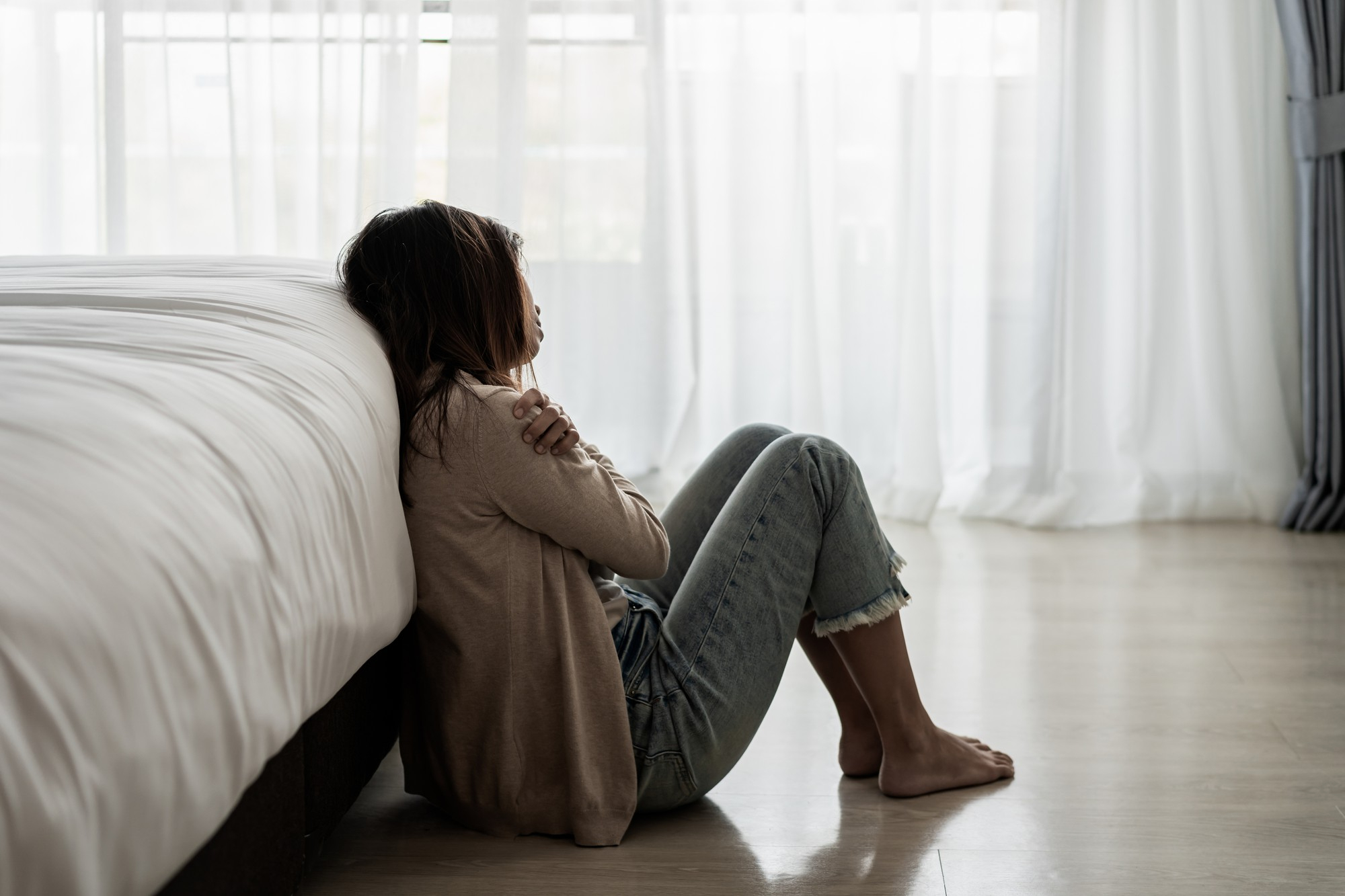

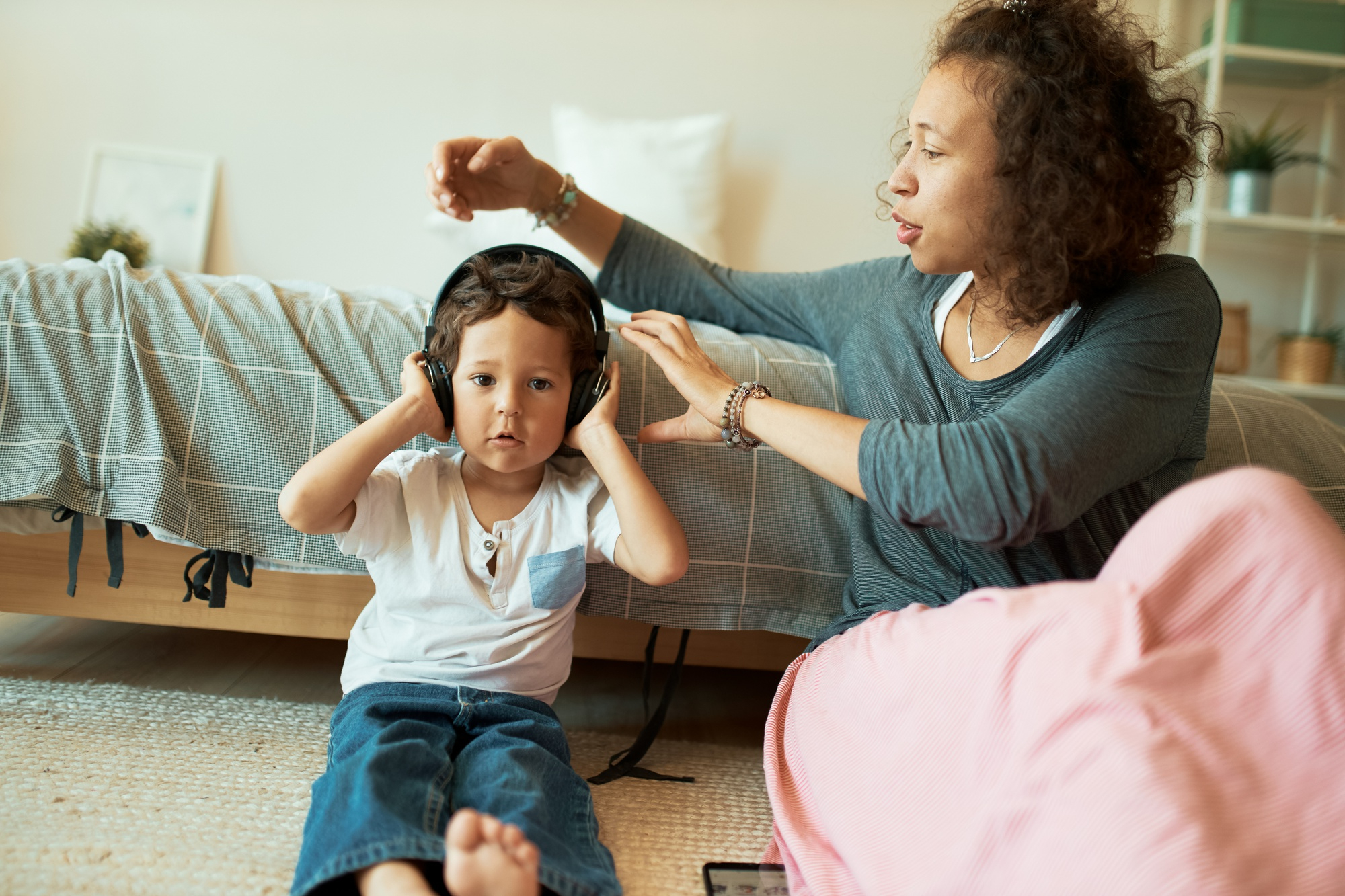
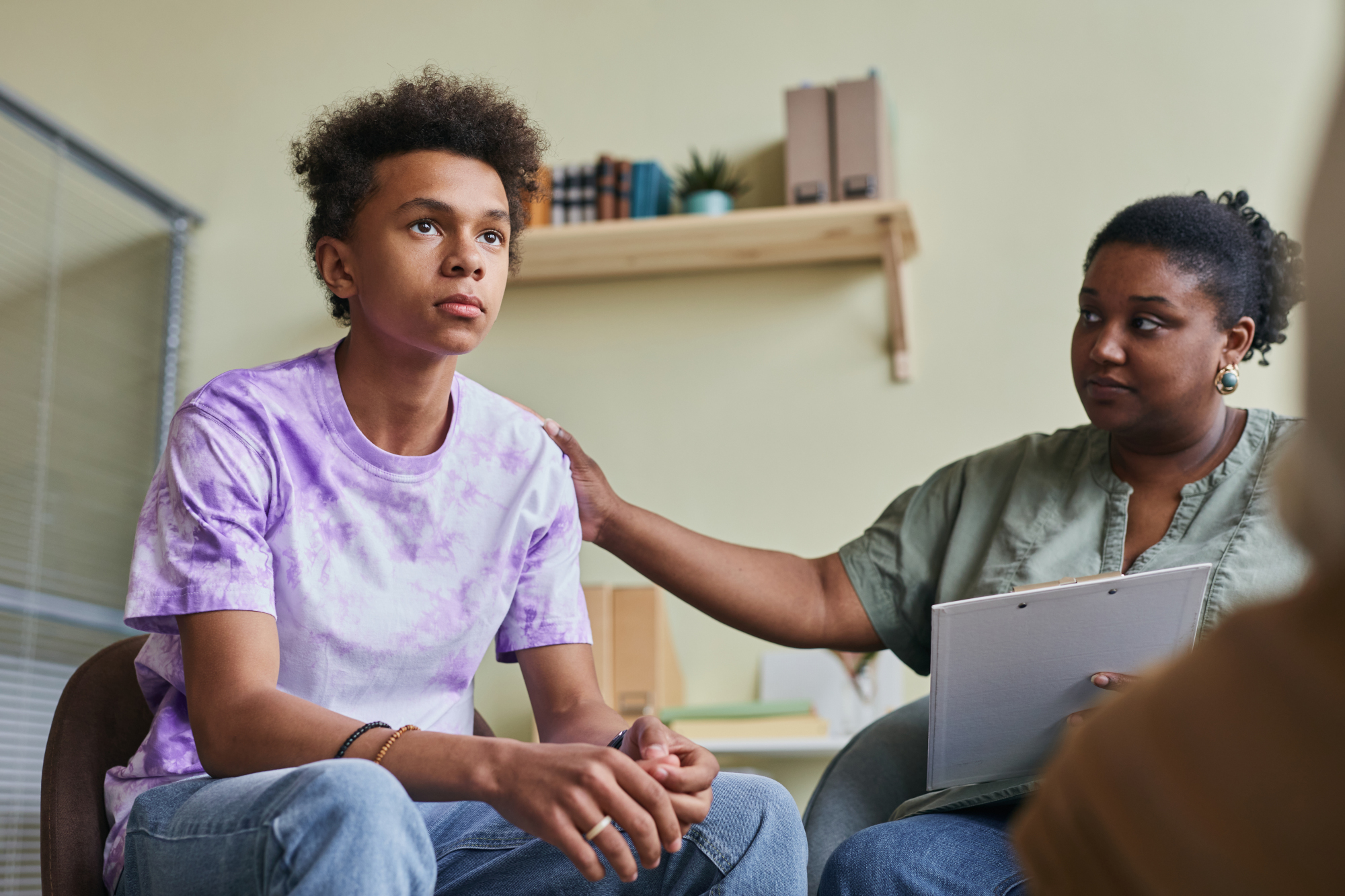
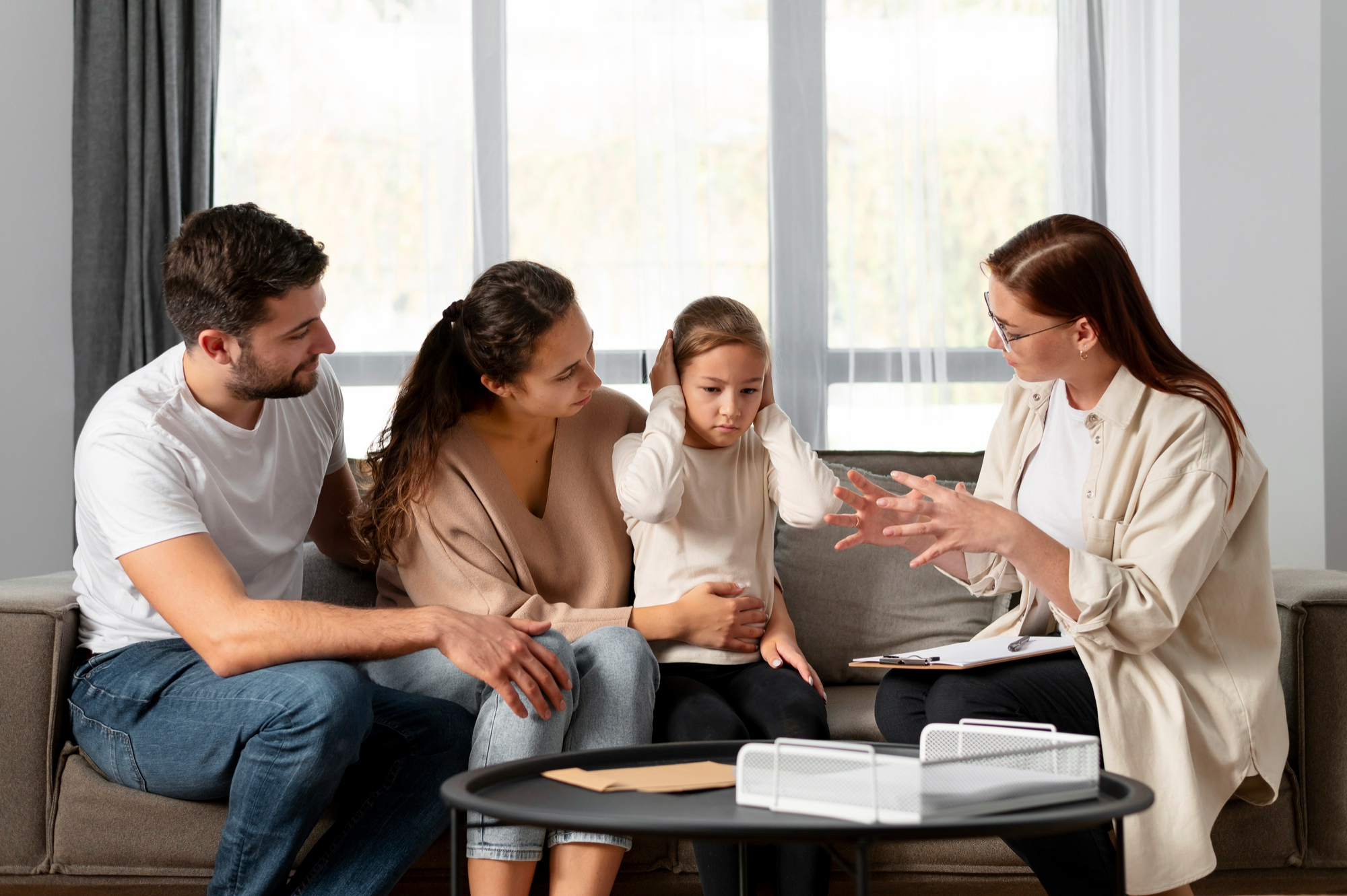
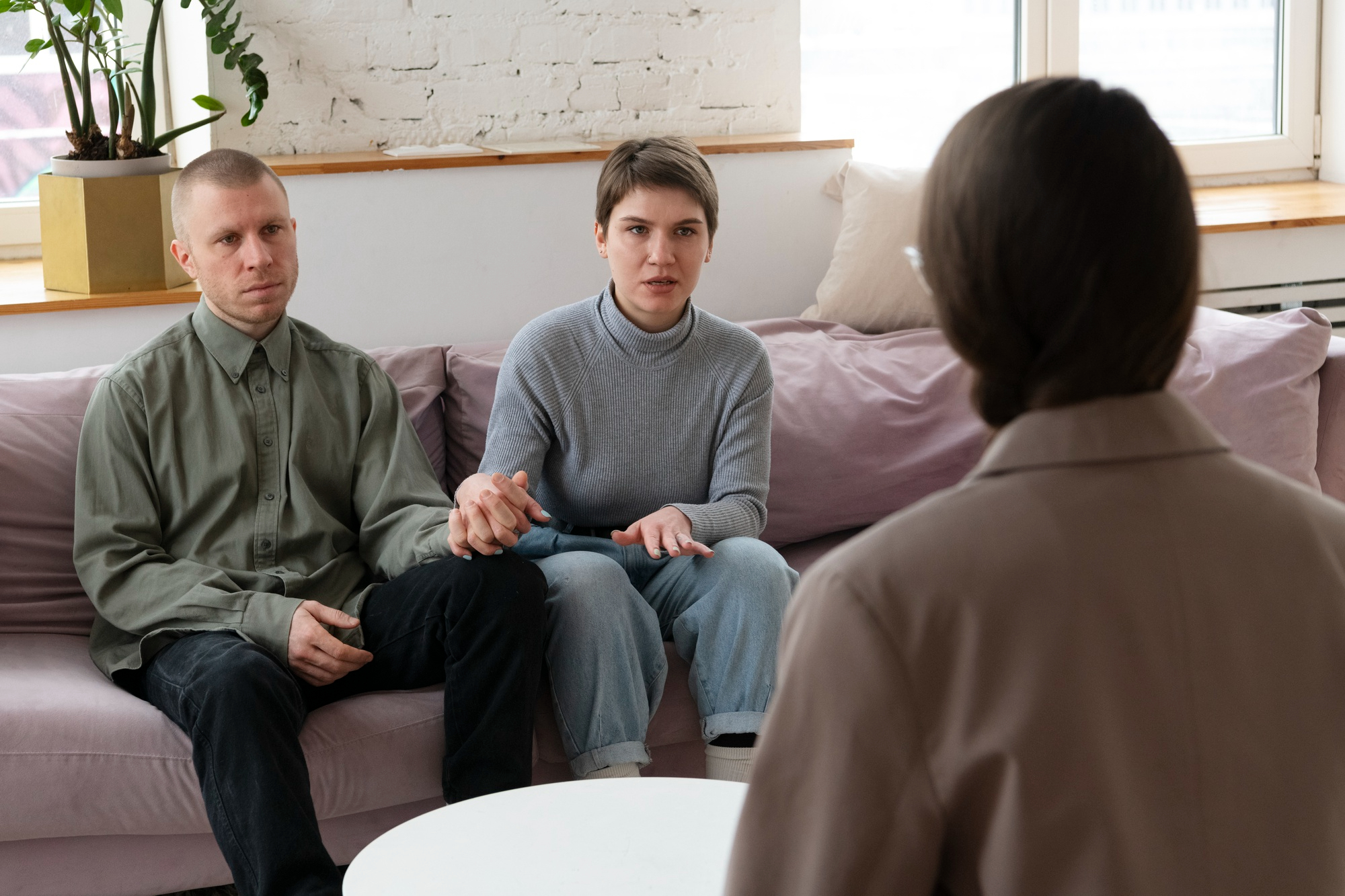


 by
by